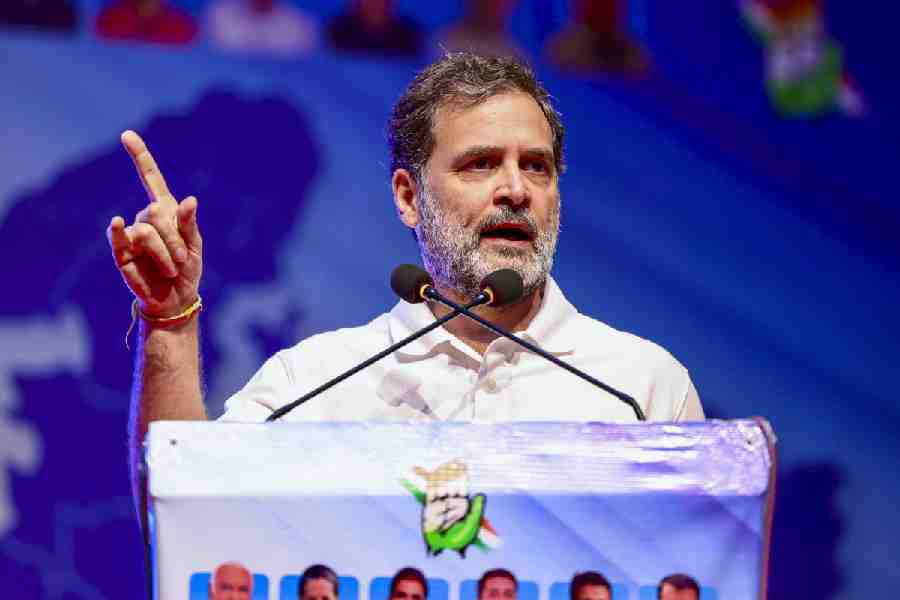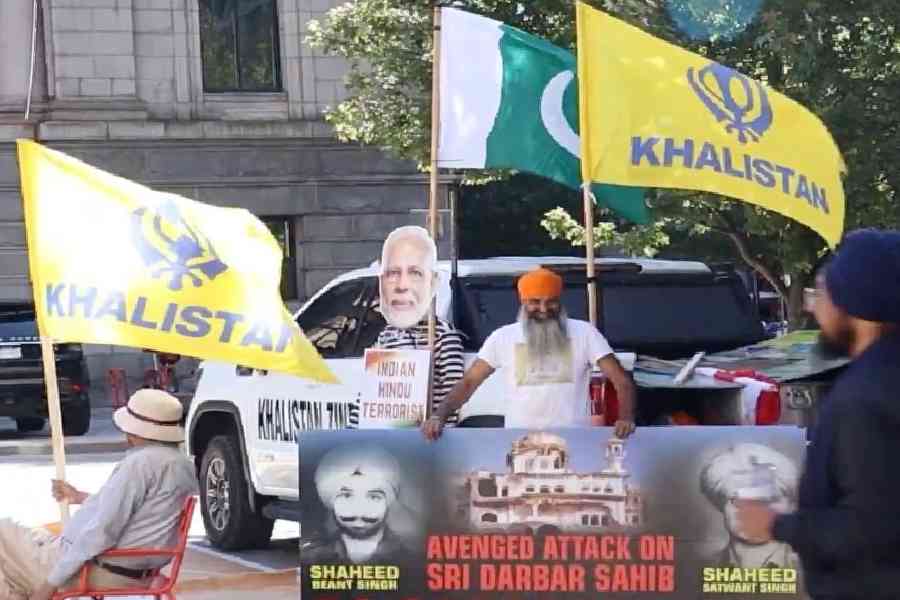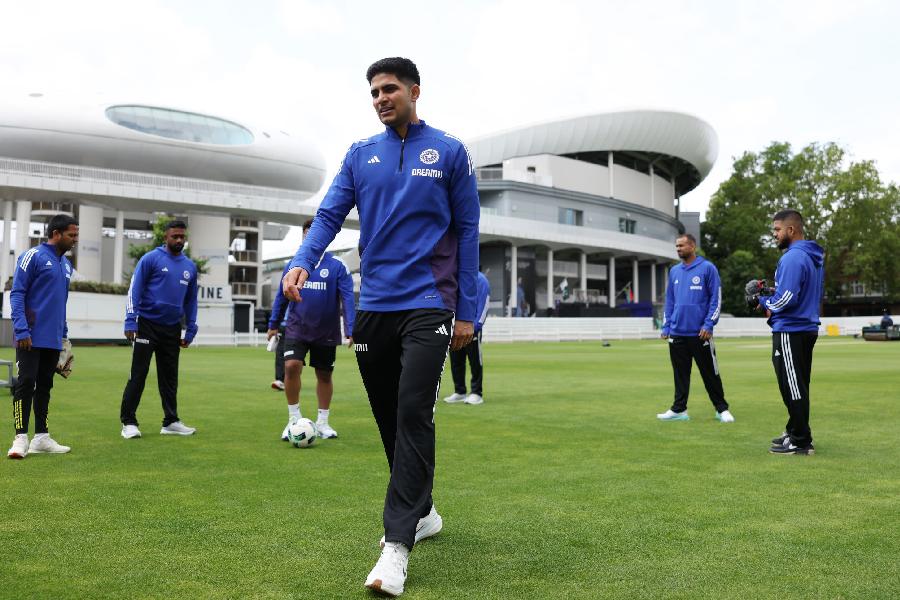
London: The British government has made a conciliatory gesture towards the country's nearly 3 million strong Muslim population by giving Grade I and II listing status to three mosques.
These include the Shah Jahan Mosque in Woking, Surrey, which has been upgraded from Grade II to Grade I by Historic England.
Built in 1889 and "partly funded by the Sultan Shah Jahan Begum, the female ruler of the Indian princely state of Bhopal", this is England's oldest mosque. Footage exists from 1925 of the then Begum of Bhopal visit the mosque in full white burqa.
Two mosques in the capital - the London Central Mosque and Islamic Cultural Centre in Regent's Park (built 1970-77) and the Fazl Mosque, Southfields (1925-26) - have been given grade II listing.
The listings were announced by the department for digital, culture, media and sport on the advice of Historic England.
Michael Ellis, heritage minister, said: "Our historic buildings tell the story of Britain's past and the people, places and events that shaped them. By listing these beautiful mosques, we are not only preserving important places of worship, but also celebrating the rich heritage of Muslim communities in England."
Duncan Wilson, CEO of Historic England, the body which seeks to preserve the country's architectural heritage, said: "I'm proud to be shining a light on these exceptional places of worship established by Muslim communities in England.
"Through listing we are celebrating some of our most significant examples of Islamic heritage from the stunning Shah Jahan in Woking, the first purpose-built mosque in the country, to the landmark London Central Mosque in Regent's Park."
The Shah Jahan mosque was commissioned by Gottlieb Wilhelm Leitner, a Hungarian-Jewish linguist who converted to Islam after working in British India.
He wanted it to be the centre point of an educational institute that would enhance the study of the culture and history of India and the Islamic world.
The design had a direct influence on the nearby Muslim burial ground, constructed in 1917 for Indian soldiers who fell during World War I. Of the 19 initially buried there - the graves have been shifted to the much larger cemetery in Brookwood in Surrey - one inexplicably had an "Om" engraving.
"I took a picture of it," said historian Kusoom Vagdama, who welcomed the listing as "a very exciting development".
She expressed regrets that "100 years after the end of the First World War, Indian soldiers are being divided into
Muslims, Hindus and Sikhs - they fought as Indians".











